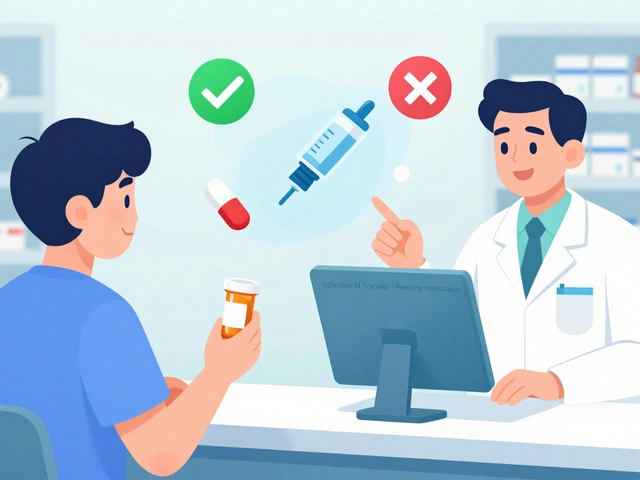Antihistamines: What They Are, How They Work, and What Alternatives Exist
When your nose runs, your eyes itch, or your skin breaks out in hives, it’s usually because your body is overreacting to something harmless—like pollen, pet dander, or dust. That’s where antihistamines, a class of drugs that block histamine, a chemical your body releases during allergic reactions. Also known as allergy pills, they’re one of the most common treatments for seasonal allergies, hives, and even some types of motion sickness. They don’t cure allergies, but they stop the worst symptoms fast. Most people take them without thinking twice—but not all antihistamines are the same. Some make you sleepy. Others don’t. Some last 24 hours. Some wear off in 4. And some don’t even work the same way at all.
That’s where things get messy. Many people don’t realize that mast cell stabilizers, like ketotifen, work differently—they stop your immune cells from releasing histamine in the first place. Also known as allergy eye drops or nasal sprays, they’re not antihistamines, but they’re often used alongside them. Then there’s histamine, the actual chemical your body releases during an allergic reaction. It’s what causes swelling, itching, and runny noses. Antihistamines don’t reduce histamine levels—they just block its effects. That’s why sometimes, even with antihistamines, symptoms stick around. If you’re still sneezing after taking one, it might not be the drug—it might be the trigger. And if you’re using multiple OTC meds at once, you could be doubling up on ingredients. Tylenol Cold, NyQuil, and some allergy pills all contain antihistamines. Mixing them? That’s how liver damage starts.
People often switch between antihistamines hoping for better results, but few know why one works for them and not someone else. It’s not just about strength—it’s about how your body handles the drug. Older antihistamines like diphenhydramine cross into your brain and cause drowsiness. Newer ones like loratadine or cetirizine barely touch it. Some people need the sleepiness to help with nighttime itching. Others need to stay alert at work. And if you’re breastfeeding, taking the wrong one could affect your baby. That’s why knowing the difference matters more than just grabbing the cheapest bottle off the shelf.
Below, you’ll find real comparisons between antihistamines and their alternatives—like ketotifen, which works slower but lasts longer. You’ll see how timing affects side effects, why some people need to avoid certain drugs if they have liver issues, and what to do when antihistamines stop working. No fluff. No marketing. Just what actually helps—and what doesn’t.
Many people take sedating antihistamines like Benadryl for allergies without realizing they’re impairing their ability to work safely. This article explains why first-generation antihistamines cause hidden cognitive impairment, how second-generation options are safer, and what you should do to protect yourself and others on the job.



